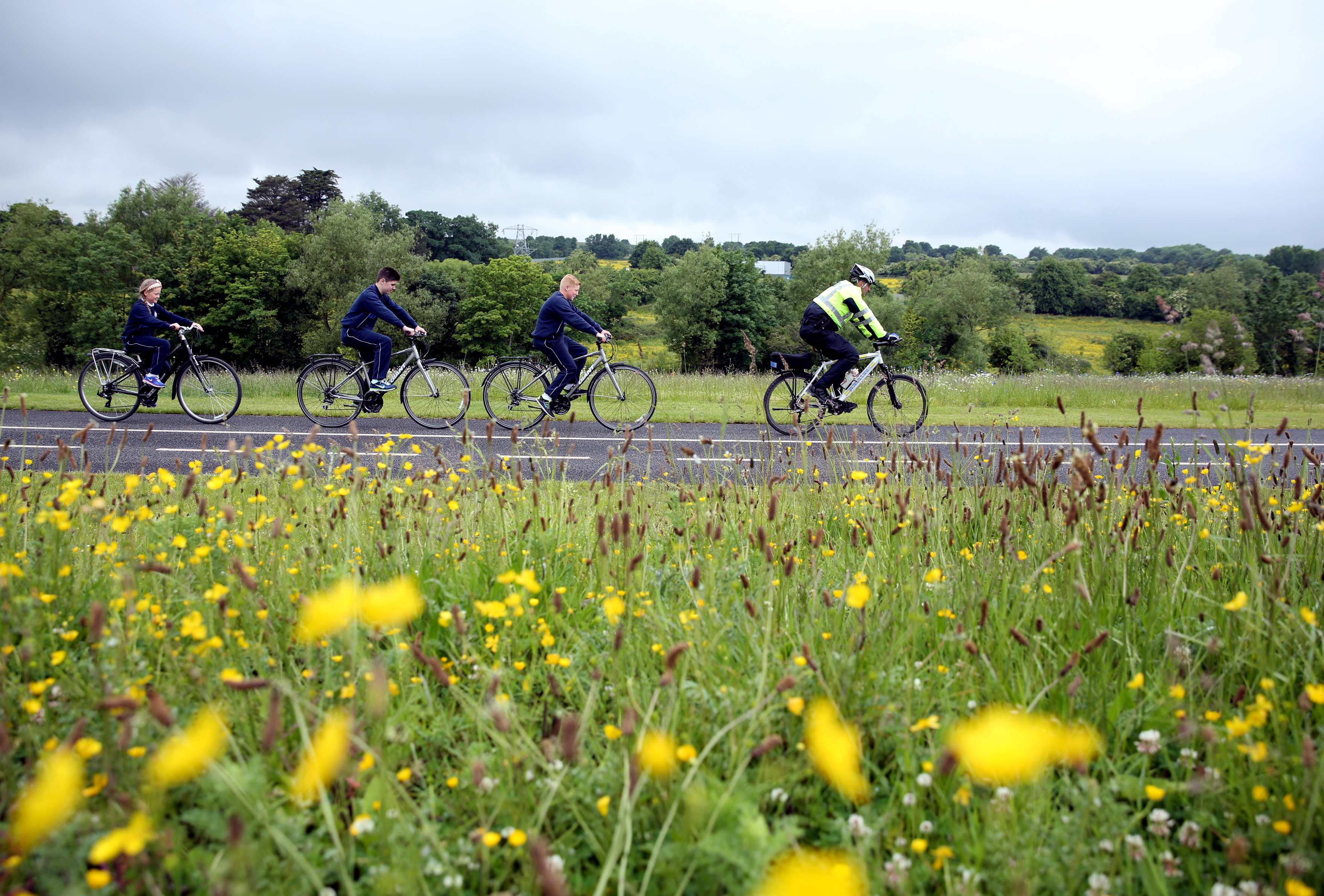
Environment & Infrastructure - diving deeper into the Velo-city 2019 subthemes
Bicycles are the indicator species of a community, like shellfish in a bay. - P. Martin Scott
From the Rio Declaration in 1992 to the Paris Agreement in 2015, there is a global acknowledgement that nations and city regions must act to reduce emissions and protect the environment. Velo-city 2019 Dublin provides an opportunity to challenge current transportation mobility practices and inspire positive attitudes and actions to create cleaner environments through sustainable mobility. Cycling infrastructure, its legibility and how it is used, has generated wide ranging and diverse debates covering topics such as resilient infrastructure, shared space, segregation, cycling streets, quiet ways and much more.
Tackling the Environment & Climate Change
Environment and infrastructure provides the backbone to the mobility ecosystem. But tackling climate change and protecting the environment, whilst maintaining and developing new sustainable transport systems pose new and existing challenges. For instance, how do we balance the sometimes competing demands of protecting ecological habitats, whilst also providing much needed new cycling infrastructure near protected areas? People’s understanding of what actually constitutes air, and to a lesser extent noise, pollution is increasing day by day, in tandem with communities demands for clean air and less noise. We want to discover how air quality and noise has been impacted by changing mobility practices and demonstrate the key potential of cycling as part of a solution.
Evolution of Cycling Infrastructure
Cities have over the ages experienced streets dominated by bicycles, with very few cars, followed by the dominance of the car with very few bicycles. But how do we design and implement infrastructure for the future? To share or to segregate – is shared space a friend or foe, how do you decide and how do you enforce? Building cycling infrastructure is all very well but how is it enforced, how do we stop vehicles being parked on cycle tracks and how do we change attitudes in enforcement agencies so that blocking a cycle track is treated as seriously as blocking a traffic lane? These are some of the issues that we will endeavour to tease out and to explore what has worked elsewhere and how.
Strategic Planning for Infrastructure
Introducing punitive measures for the car and incentivising cycling through infrastructure can sometimes inaccurately present city authorities as anti-car or anti-business. All aspiring cycling cities are searching for the best ways to plan and make a business case, consult, engage and explain their strategic cycling infrastructure networks and projects in a way that is acceptable to citizens, relevant stakeholders and decision makers and we hope to demonstrate many of these insights throughout the conference.
Infrastructure’s Role in Enabling Access for all, including Road Safety
Cycling infrastructure has many different uses from tourism, sports, commuting and recreational, and also different users, from the young and the elderly, male and female and all different types of abilities. Cycling infrastructure is also essential for improved road safety and as an enabler for inter-modality, mobility as a service and the public realm. And this poses the challenge as to whether a one size fits all model can work as we build the cycling infrastructure of the future.
Environment and Infrastructure interacts with technology, intelligent transport systems and data analytics as well as health and social aspects of society. Velo-city 2019 Dublin seeks to further explore the complex interdependence of these areas with cycling infrastructure and sustainable mobility. We want to set out a path that shows how cycling can interact with the ever changing environment and infrastructure around it in reaching the desired cycling city of 2030.
Author: Dublin City Council
*Don't miss an update - Follow us on Social Media to stay up to date: Facebook, Twitter, Instagram, LinkedIn *Signup to the Velo-city Newsletter on the VC19 Dublin website www.velo-city2019.com
Regions:
News category:
Network/Project Involved:
Topics:
Contact the author
Recent news!
Upcoming events
Contact Us
Avenue des Arts, 7-8
Postal address: Rue de la Charité, 22
1210 Brussels, Belgium









